East Siberian Laika
The East Siberian Laika is a native Russian dog breed that originated in Eastern Siberia. It belongs to the spitz-type dogs, and Asiatic breeds influenced its development into the modern-day breed.
The East Siberian Laika is rather popular in its native country of Russia, but until recently, it was somewhat of a mystery to other countries. This versatile dog breed had many purposes in their native land, from hunting various small and large games to pulling sleds and keeping company to its owners. Laika owners describe them as being quite skilled in hunting and as great companions.

Height:
21-25 in (53 - 64 cm)

Weight:
40-55 lb (18-25 kg)

Origin:
Russia

Life Expectancy:
12-15 years
Dog Breed Characteristics
The East Siberian Laika characteristics are similar to the wild wolf’s characteristics. These dogs have a thick double coat that insulates them from extreme Siberian weather. These dogs are quite impressive and strong. It is no surprise that Russian hunters used them as sled dogs for longer hunting trips in the Russian north.
The East Siberian Laika is longer than they are tall and have a relatively broad head. Their eyes are slightly slanted and usually dark-colored. This breed has small, pricked ears that are fully covered with hair on both sides of the ear. They are muscular and energetic.
East Siberian Laika coat and grooming
According to the standard, some color combinations are allowed for this breed, and they are black and tan, black, piebald, white, and white with patches.
If you have a pet East Siberian Laika, you should keep in mind that these dogs have thick coats that shed twice a year heavily during the shedding season. At that time, these dogs blow their whole undercoat, and you should brush them more often, at least once a day, if you would like to keep East Siberian Laikas shedding under control. Brushing them once or twice a week will do the trick outside the shedding season.
The rest is basic dog care, checking their ears for any signs of infection or redness, brushing their teeth at least three times a week, and trimming their nails if the dog doesn’t wear them down naturally.
East Siberian Laika temperament
These dogs are generally strong-willed and independent, so they will not be the best fit for novice owners. They can learn to get along with kids if raised with them though they might have a problem with younger children who do not respect them and can handle them roughly.
The East Siberian Laika can be territorial, and that means they should be properly trained and socialized from a very young age. They can be aggressive towards other dogs of the same sex and strangers. Their natural distrustfulness towards strangers makes them great watchdogs, but you might have problems if you have guests often or if you would like to have a pet that you can visit dog parks with.
Socialization
The East Siberian Laika should be properly socialized as soon as possible. That means you should expose your dog to different sights, sounds, situations, dogs, and people while still young to learn how to react to different situations properly.
A good socialization process will ensure that your East Siberian Laika puppy develops into a well-behaved and stable dog.
Exercise needs
The East Siberian Laika is a fairly active dog breed that is primarily a working breed. Like many other working dog breeds, this breed also needs proper exhaust and exercise to spend their energy on.
Dogs with cooped-up energy and nowhere to spend it can become destructive and start to behave in a bad manner. Ensure that your East Siberian Laika has at least 45 minutes a day of proper exercise. Keep in mind that you do not exercise your dog when the weather is too hot, as they could easily get a heatstroke.
Health
East Siberian Laika has a life expectancy of 12-15 years. They are generally healthy dogs, but they can be prone to some health problems. These problems include:
- Hip dysplasia
- Elbow dysplasia
To be sure that your dog will not develop any inherited diseases, we advise you to only buy it from a responsible and official dog breeder. Those breeders regularly perform various health tests on their breeding dogs so they can be sure that their puppies will not develop inherited problems.
East Siberian Laika breeders
When getting a dog, the most important thing is to get it from a responsible and reputable East Siberian Laika breeder. These dogs are energetic and protective, and getting a poorly bred dog can have catastrophic results. Responsible breeders will breed dogs that don’t only look good but have great characters as well.
You must find a good East Siberian Laika breeder that can help you learn about this breed and make an informed choice about getting a dog with these characteristics.
If you are unsure whether this is the breed for you, check out this FREE GUIDE that will help you decide which dog breed is right for you.
SEARCH EAST SIBERIAN LAIKA BREEDERS
World Dog Finder team

Updated at04.09.2023.
Breed History
There are four Laika breeds currently accepted by the FCI, and they are West Siberian, Yakutskaya, Russian-European, and East Siberian Laika. All of these breeds have a common ancestor, and that ancestor was part wolf. It is no wonder that these breeds have so many traits in common with the magnificent wolves.
At the All-Union Cynology Congress in 1947, all four Laika breeds were officially established and recognized. The first standard of the East European Laika was written by the famous wildlife biologist by the name of K. G. Abramov, and in the 1970s, government-controlled breeding programs started.
Big Laika kennels were established in Irkutsk and Leningrad. The East Siberian Laikas' history is closely connected to the former Soviet Union placed special care and showed particular interest in developing and preserving national dog breeds.
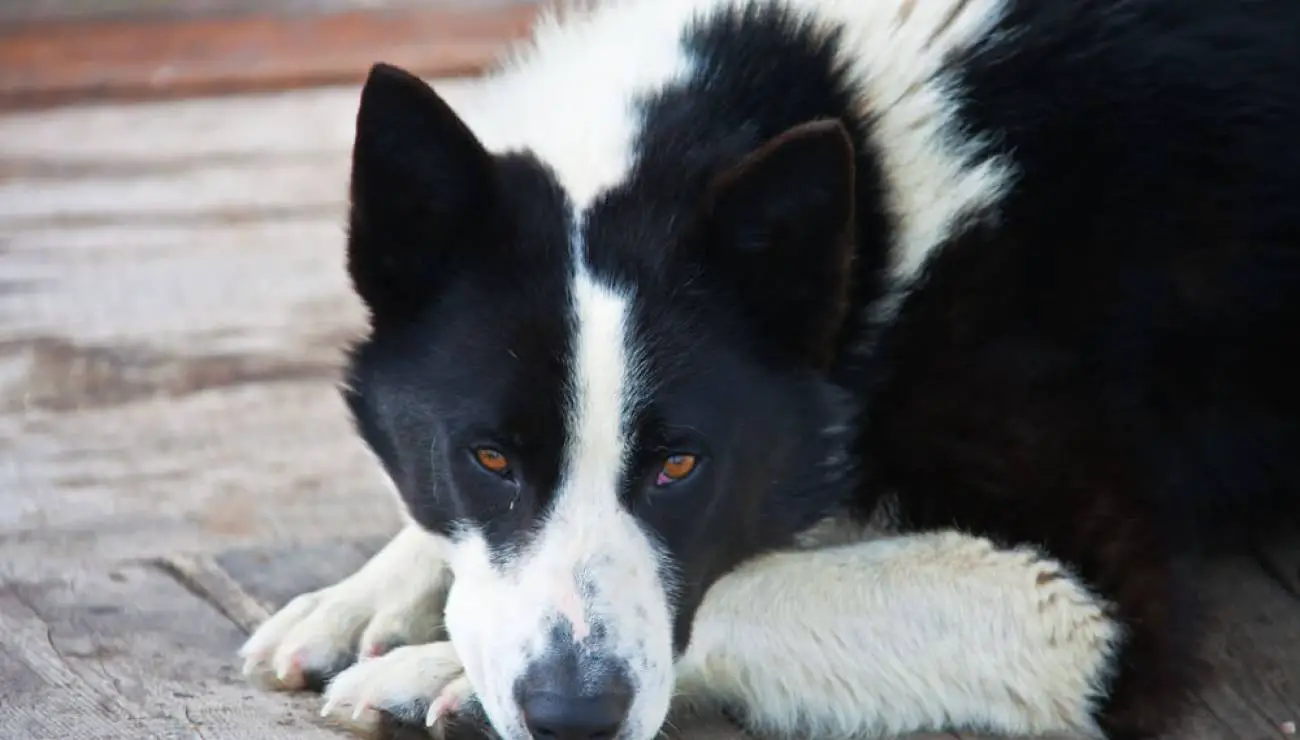
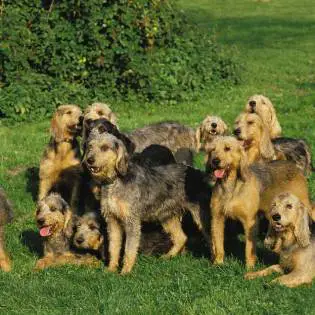
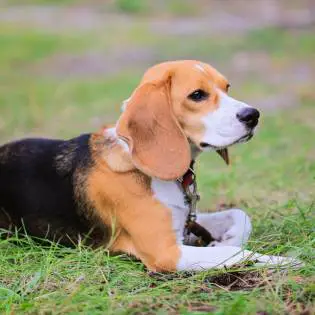
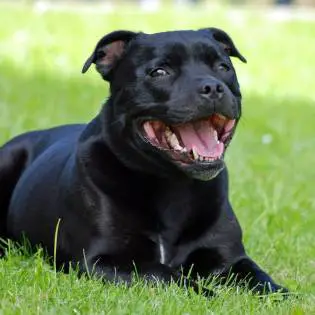
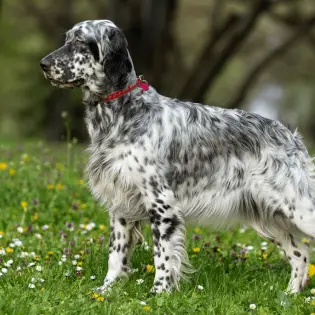
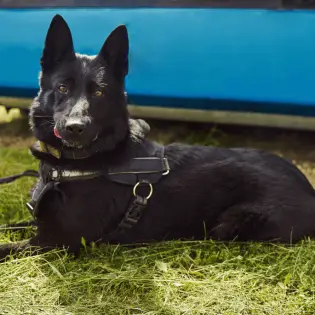
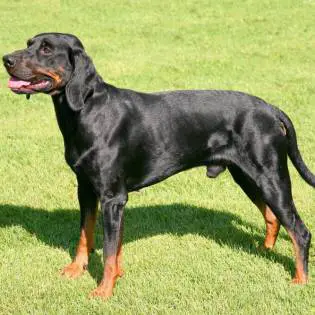
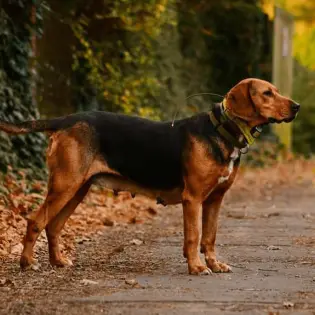
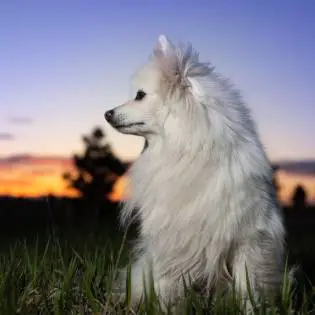
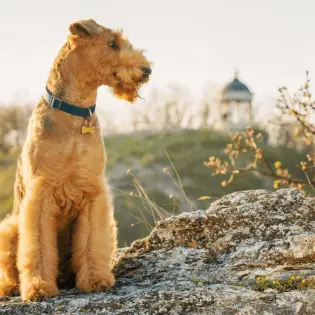
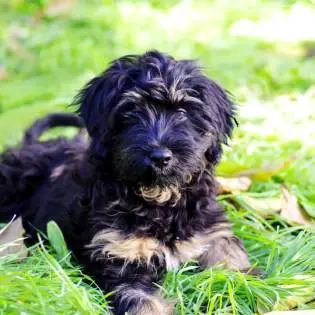

Share